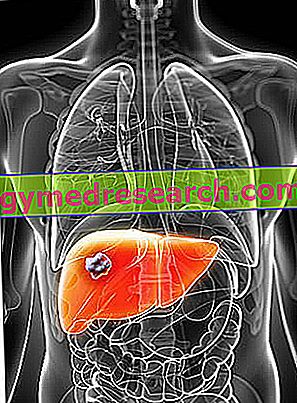Spend little on vegetables and fruit
It is perhaps the most important paragraph of the article, together with the supply of meat and fishery products. This is a rather complex subject since several determining factors come into play.

Fortunately, today there are several groups of growers - retailers who show great seriousness and professionalism; it is therefore advisable to find the nearest centers where you can buy only seasonal fruit and NOT exotic. In this way, in addition to a decidedly reduced cost, it will be possible to enjoy a great nutritional advantage thanks to the preservation of antioxidant vitamins (especially C - ascorbic acid). For those who do not have the possibility to exploit similar utilities, it is advisable to apply the same concepts to supermarkets by carefully consulting, in addition to the price, the labels.
While the fruit is to be consumed mainly raw, for vegetables the question changes radically. Obviously, in compliance with the principles just listed, the purchase of vegetables will also be very successful. In this case, however, we could enjoy an additional advantage: storage in the freezer; everyone knows that the freezing of vegetables (and mushrooms) is almost never recommended (unless you can enjoy certain industrial / restorative technologies like the blast chiller) as it increases the risk that plant cells explode due to the formation of large ice crystals. However, by cooking or pre-cooking or whitening the food in question, it becomes possible to use this method of preservation as well.
Do you love asparagus but are available only 2 months a year? No problem! Buy them in large quantities, wash them, clean them and cook them at 50% of the total for boiling, steaming or in a pressure cooker; then, after having cooled them, pack them in line as if they were a "cartridge belt" and freeze them in this position (even by layering the bags). Once hard, you can put them all together in a single bag, washing those previously used to recycle them. Obviously, this is a very trivial example that can also be applied to: artichokes, broccoli, cabbage etc. NB . It is always advisable to cut the product into pieces so as to guarantee a greater speed of freezing and practicality for consumption.
On a diet spending little - conclusions
In conclusion, it is no coincidence that there has been no mention of canned foods (cans, pickled vegetables, in oil, candied fruit, preserves, jams, dried foods such as crackers and bread sticks, etc.). These products, which are cheap and easy to store, do not present major problems like those mentioned above. Attention, however, this does not mean that these can be consumed with the same, or worse, with greater frequency than those already described. In reverse! Many preserved foods are poor in water and vitamins, while they add excessive amounts of salt, sugar and food additives.



